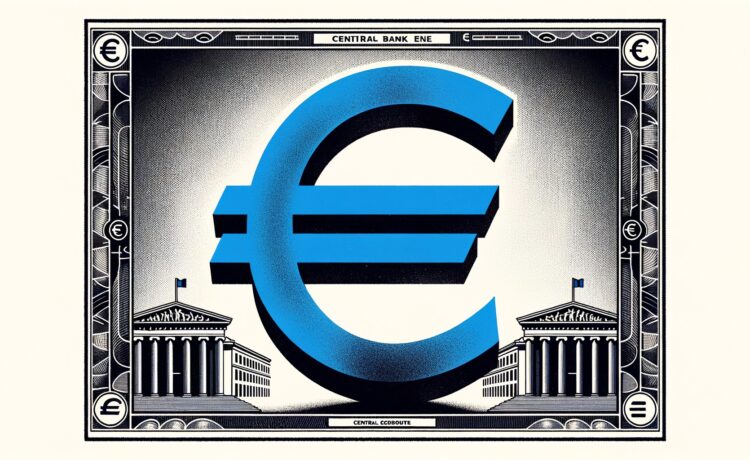What’s going on here?
Euro zone government bond yields are set to finish the week almost unchanged, despite fluctuating economic data.
What does this mean?
This week’s Euro zone bond market experienced a few ups and downs. Yields edged higher on Thursday following a four-day decline, spurred by various economic indicators. Germany’s 10-year yield increased by 0.5 basis points to 2.25%, though it’s expected to close the week down by one basis point. Despite these movements, expectations for the European Central Bank’s (ECB) easing cycle have remained steady. Investors are also keeping an eye on US Treasury yields, anticipating dovish signals from Fed Chair Jerome Powell at Jackson Hole. Significant Fed rate cuts are already factored in for the rest of the year and through 2025.
Why should I care?
For markets: Tracking the winds of change.
Investors are closely monitoring the ECB’s rate cut prospects, with markets pricing in about 65 basis points of easing by year-end – likely translating to two rate cuts, with a 60% chance of a third. An ECB policymaker confirmed the expectation of two more rate cuts this year. In contrast, US Treasury yields have dipped in anticipation, reflecting market sentiment ahead of Powell’s forthcoming remarks.
The bigger picture: Political and economic tightropes.
Euro zone consumers’ inflation expectations for the next year remained steady in July, marking three months of stability. The French services sector, particularly buoyed by the Paris Olympic Games, contributed to a positive surprise in the region’s PMIs. However, euro zone wage growth decelerated to 3.55% in Q2 from 4.74% previously, mostly due to a slowdown in Germany. As we track slowing wages and political pressures, the yield spread between French and German bonds highlights continuing market hesitations, especially with President Macron facing 2025 budget challenges amidst European Commission pressure.

















